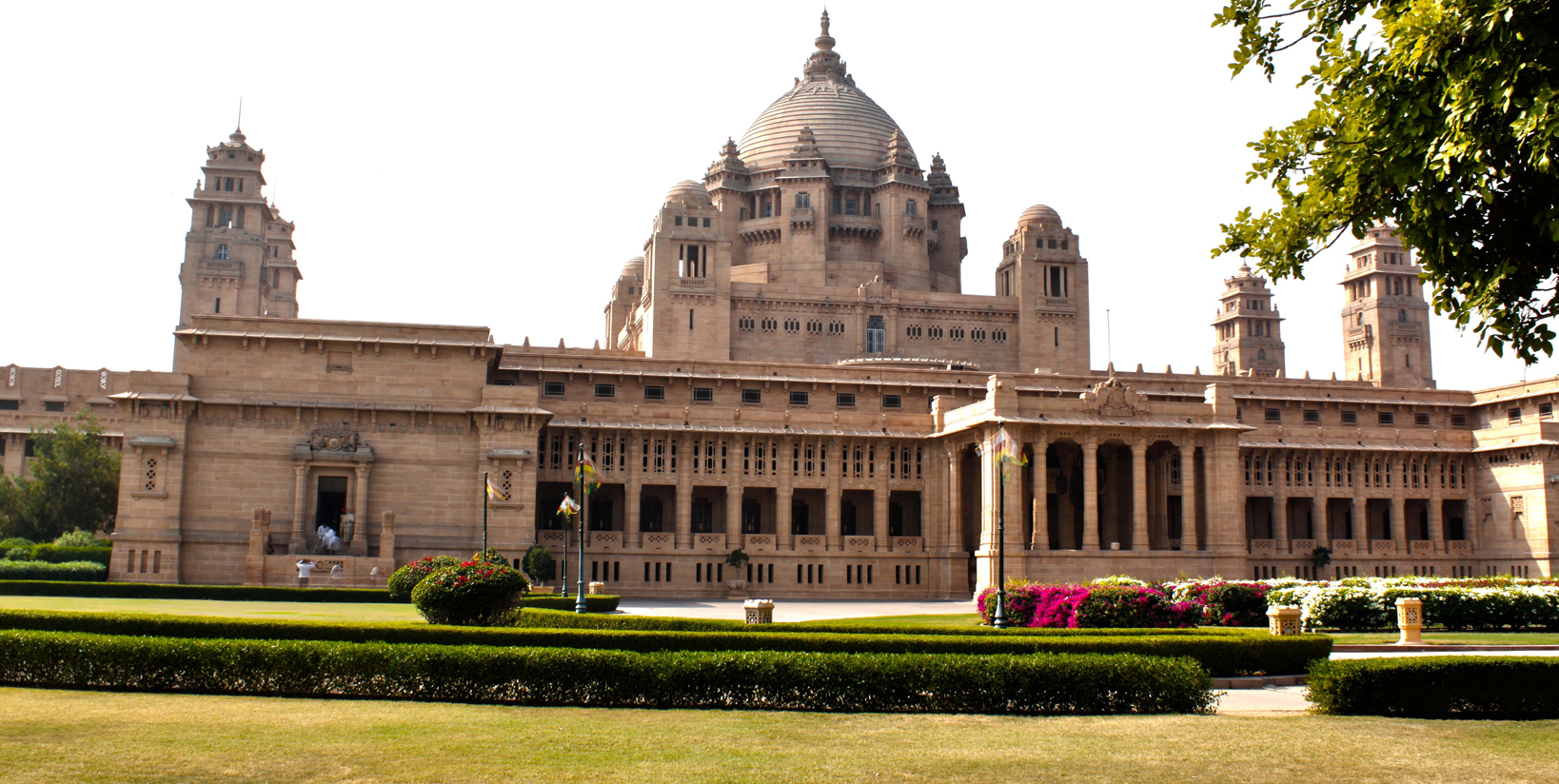Breakfast will be at Hotel. Proceed to Jaipur en-routing Fatehpur Sikri and Abhaneri.
Fatehpur Sikri is 37 km west of Agra. JALAL UD DIN MUHAMMAD AKBAR named Akbar, Humanyun`s son, accessed the throne at the tender age of 14. While hunting around Sikri his curiosity was aroused by the songs of some minstrels about the celebrated Khwaja -Mu`inu`d-din Chisti, the founder of the Chisti order of SUFIS. Akbar, who was without a male heir heard about Saint Salim Chisti and visited him in the year 1568, the saint blessed him with 3 sons and in gratitude Akbar ordered the great mosque of Fatehpur Sikri, built under his supervision. As a mark of respect to the saint, Akbar shifted his capital to Fatehpur Sikri and built various secular buildings like the Diwan -I-Am, Diwan-I-Khas, Jodhabai palace, Birbal`s house, Marian`s house and the Panchmahal.
Abhaneri Village is situated on the Jaipur/Agra Highway (NH 11) near Sikandra in Dausa District. It is an ancient village in Rajasthan famous for its post Gupta or early medieval monuments. The sculpture and architecture of Abhaneri suggests that it must have been a great center of art and architecture. The sculptures of Abhaneri are the best example of Gurjar Pratihari art. This flourishing town has ruined by the Mughal Emperor Mahmud Ghaznavi in one of his invasions. The village has contributed numerous pieces of sculpture to various museums worldwide. The name of the village Abhaneri is so called because the local Goddess Harshat Mata is shown portrayed in a joyous mood and spreads brightness or Abha all around. The villages original name was Abha Nagri. The village is said to have been founded by the legendary King Raja Chand and thus the village could be over three thousand years old. It is; however, felt that the mythological Raja Chand could be King Bhoja, who ruled Gurjar Kingdom in the ninth century AD.
Harshat Mata Temple: The Harshat Mata Temple dates back to the tenth century AD. Daily worship is offered to the deity in the temple. The ruins of the temple conform to 10th century architectural and sculptural styles. All walls & surroundings around the Temple were of carved stone depicting the abodes of Gods & Goddesses Aradhnarishwar, Nag-Nagin, Prem Mudrakan, Natraj, Lord Vishnu & Budhas. This Temple which was looted and destroyed by the Mughals is in ruins and pieces of sculpture showing a fine degree of craftsmanship lie strewn around. The Archaeological Survey of India is trying to restore the Temple. Annual fair is held in the Hindu month of chaitra (March/April) in honour of Goddess Harshat Mata which lasts three days and numerous devotees and merchants gather from neighbouring villages. The statue of Harshat Mata originally was of blue sapphire.
Chand Baori: Chand Baori is about 100 feet deep open well with flights of steps on three sides is another 10th century monument. The stairs of the Chand Baori are in the shape of an inverted English letter V in sets of 4-5 steps. This Baori is not an ordinary structure, but is a marvel of Architecture. The Chand Baori has beautiful carved panels inserted into the sides. No body has been able to count the steps. One can see the two royal toilets with carved windows and Jharokhas, which were used by the then Kings & Queens. The water for the royal toilets was used to be pulled from the Baori with the help of bulls. The carved stone pillars, which have now been damaged, were once strong enough for supporting pulleys to draw water. One can also witness all 24 Avtars of Lord Vishnu which were carved on the stone inside one of the cenotaph. There are three tunnels which have opening of about 20 Kms away from Chand Baori, were being used by the rulers as escape routes in case of attack by the enemies. An encyclopedia of stone architecture showing a fine degree of craftsmanship lies strewn all around the village. In fact, Chand Baori is a unique example of its own kind of stone architecture where one can see the ladies figures with various kinds of musical instruments and the dancing posses.
There is a resort as well where we can organize lunch for our guests by company or on direct payment basis. We recently had a group visited this place in the month of March and they have given us a very good feedback.
Continue your drive to Jaipur and on arrival check-in at Hotel.
JAIPUR - The origins of the beautiful city of Jaipur can be traced back to the eighteenth century, during the reign of Jai Singh II who ascended the Amber throne in 1699. Jaipur today, epitomizes the spirit of Rajputana. In-spite of growing into a bustling metropolis, it still retains its character and history - A beautiful fusion of the yesteryears and modernity. It is popularly known as the Pink City because of the extensive use of the locally abundant pink plastered stone, painted so in honor of the visit of the royal consort of Queen Victoria. Jaipur thrills the soul with its massive forts, magnificent palaces, exquisite temples and lush gardens.
This evening, visit the Birla Temple to learn more about the fascinating religious life of Jaipur. The marble structure, built as recently as 1985, houses ornate statues including one of Lakshmi (goddess of Wealth and Beauty) and Narayan dressed in gaudy robes, representing a Hindu vision of heavenly luxury. Carvings in the temple and on pillars supporting the covered walkways include images of the Hindu pantheon, as well as Jesus, the Blessed Virgin Mary and St Francis of Assisi. Your visit will coincide with the AARTI Ceremony, which involves oil lamps being lit and waved, in order to awake and invoke the deity. Enjoy the experience and spend night at Jaipur.
Overnight will be in Jaipur.


 +91-9810672750
+91-9810672750






